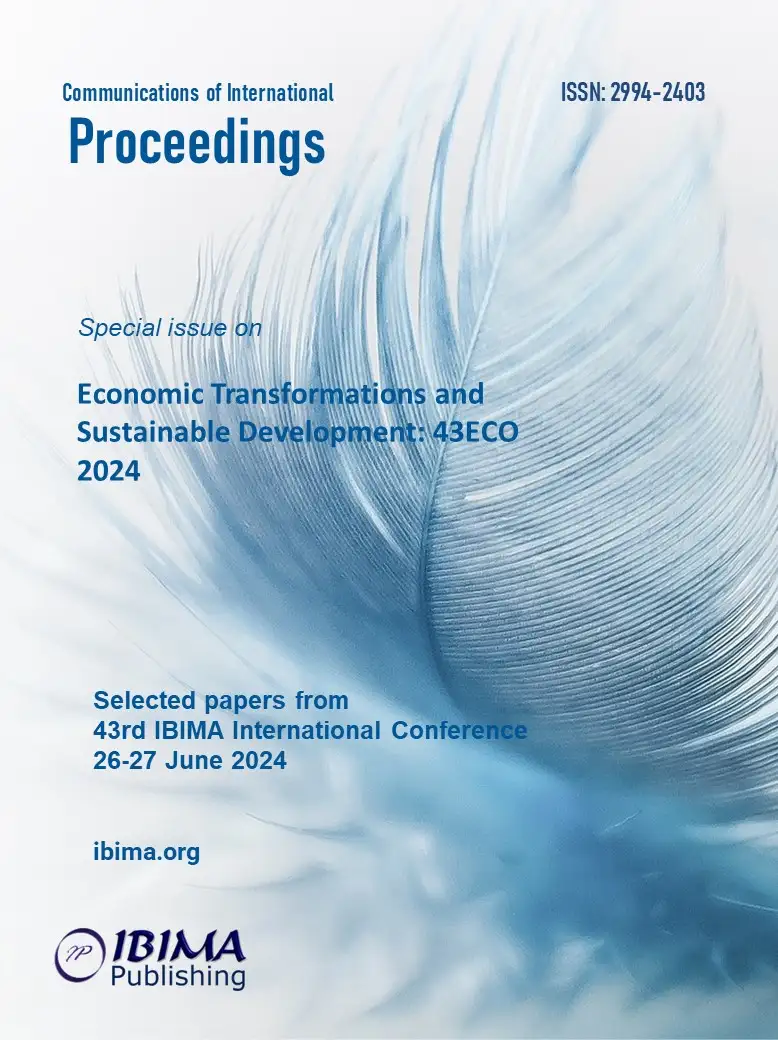
Kamila MUSIAŁ and Elżbieta SOWULA-SKRZYŃSKA
National Research Institute of Animal Production,
Department of Production Systems and Environment, ul. Sarego 2, 31-047 Kraków, Poland

The conservation, and sustainable use of terrestrial ecosystems is essential for sustainable development. Biodiversity is at the centre of the 15th sustainable development goal, and is particularly related to crop and livestock agriculture. That refers not only to the whole country, but especially to individual regions, that build a whole system. Agro-forest space is a transition zone between agricultural land and a forest community, and it is considered as one of the most contrasting borders in cultural landscape. For the whole studied area located in southern Poland, which is rich in various forms of nature conservation, trends in cattle farming were decreasing, and for sheep were both stagnant and recessive. Moreover, the summer grazing of ruminants on pastures was assessed as insufficient. Such recessive livestock production may be in fact growing dilemma for the local sustainable development, as it enhances visible recessive processes, that disturb the agro-forest space. In all studied communes there have been indicated some changes in the rural-forest boundary over the last 20 years. There has been found a decrease in acreage of grassland vegetation of different types, which is especially valuable due to high biodiversity. In that specific region, livestock agriculture is not only important for the regional economy, but may be also responsible for nature conservation, provided that animal production is maintained at a sufficient level.